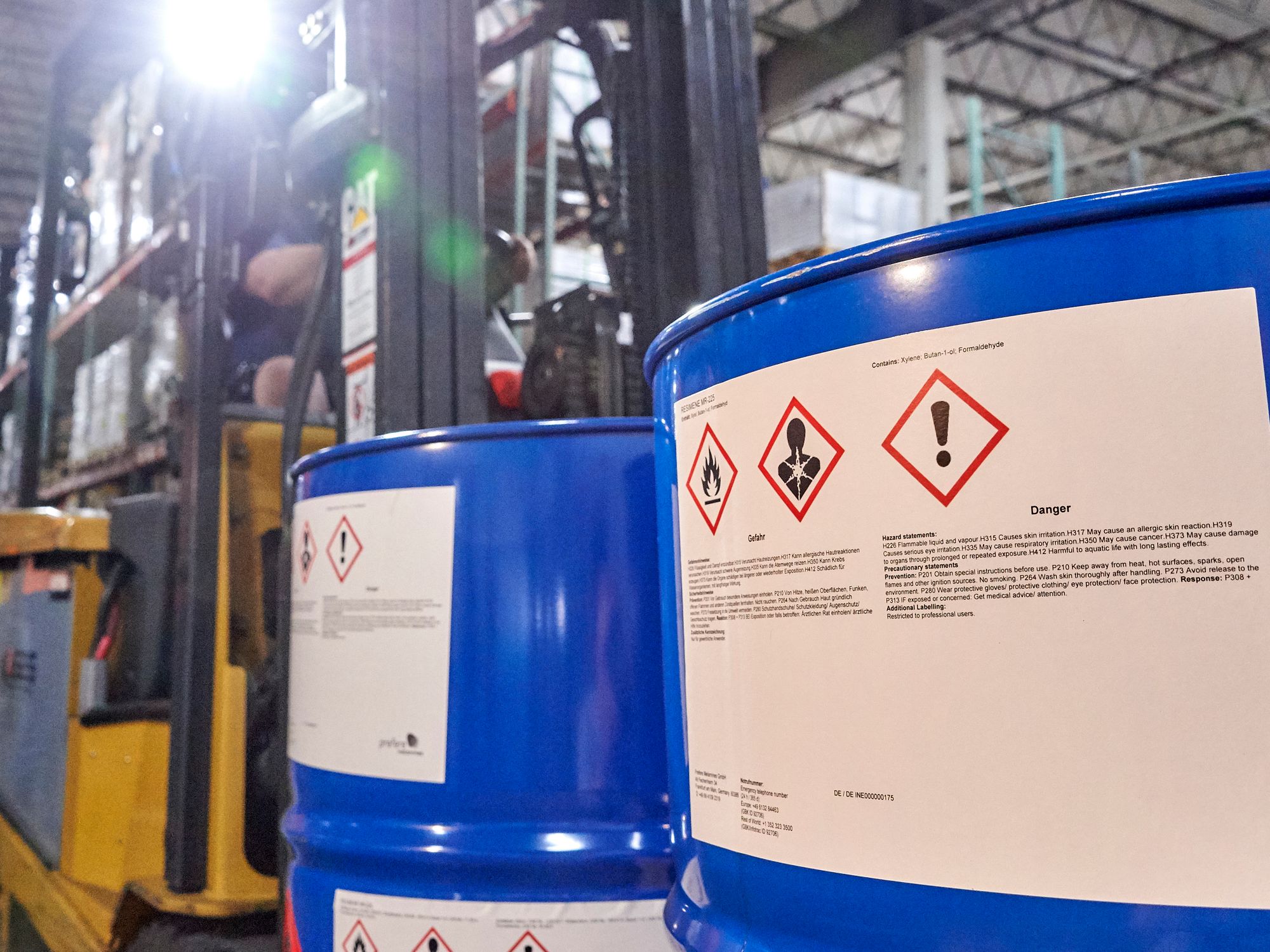Hazard classification procedures

- There are four steps in the process of hazard classification.
The basis for hazard communication is the chemical hazard evaluation and classification.
Those who know the most about the chemicals — the chemical manufacturers and importers — must classify the hazards of the chemicals they produce or import and convey hazard information to downstream employers where the chemicals are used.
An employer that manufactures, processes, formulates, blends, mixes, repackages, or otherwise changes the composition of a hazardous chemical is also considered a “chemical manufacturer.” An “importer” is the first business with employees within the Customs Territory of the United States which receives hazardous chemicals produced in other countries for the purpose of supplying them to distributors or employers within the United States.
Hazard information is standardized, both in the evaluation and classification method, as well as in label elements, safety data sheet (SDS) elements, and hazard statements. In other words, if a chemical is determined to be a “Category 1 flammable gas” there is a predetermined pictogram, signal word and other label elements, hazard and precautionary statements, based upon that classification that must be used.
Chemical manufacturers and importers classifying chemicals must identify and consider the full range of available scientific literature and other evidence concerning the potential hazards. The process of hazard classification consists of four basic steps:
- Selection of chemicals to evaluate,
- Collection of data,
- Analysis of the collected data, and
- Records of the rationale behind the results obtained.
OSHA requires chemical manufacturers to consult Appendix A to 1910.1200 for classification of health hazards, and Appendix B to 1910.1200 for the classification of physical hazards.
